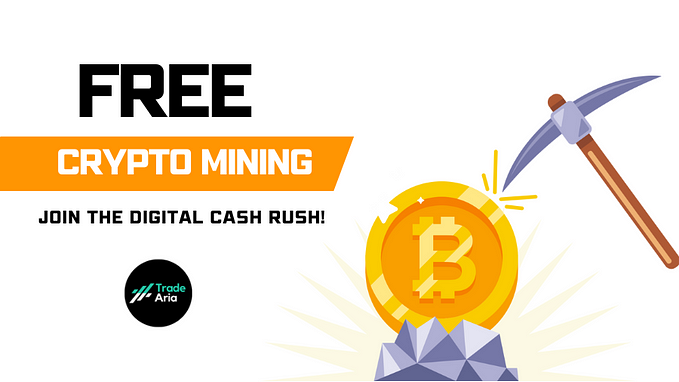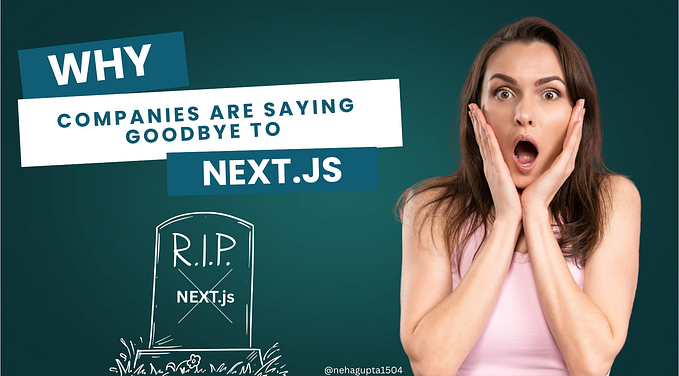The Future of Wallets in Web3
Concept of how crypto wallets will evolve in the forthcoming future
It all started with a simple question
How do Web3 wallets differ from those in Web2?
Web2 wallets usually with centralised service and a single provider. For example, PayPal is the only provider that can offer the service. There is no competition.

Web3 wallets are decentralised. Many providers can offer the same service. This is because all the providers are connected to the same decentralised network.
1. Increased security
Since there is no single point of failure, decentralised wallets are much more secure than centralised wallets.
2. Increased privacy
Decentralised wallets do not store your personal data. This means that your data is not at risk of being hacked.
3. Increased flexibility
Decentralised wallets offer more flexibility than centralised wallets. For example, you can use a decentralised wallet to store different types of cryptocurrencies.
Research
We started with a high-level view of the user experience for different types of wallets.
The next step was to develop a set of UX flows that we could use to assess the usability of different wallets. Here, we looked at onboarding, sign-in and sign-out, sending payments, and receiving payments.
We then looked at how the various flows worked in practice, and how they matched up to our design guidelines. The results were quite disappointing :(
- Lack of easy onboarding
- Complex navigation
- Too much friction
- Absence of simplified prompts and clarity of what's happening
- Usability that just didn’t match up to Web2 benchmarks.
So, what’s the takeaway?
The takeaway is that there is still a lot of room for improvement in the UX of Web3 wallets. However, the newer generation of wallets is starting to deliver better experiences. We planned to lay out an experience of what the future of wallets can be like.

Key Goals

- The wallet of the future will be designed for ease of use. It will be user-friendly and easy to navigate. Gamify the use of the wallet and create engaging experiences.
- The wallet of the future will be designed for low friction and high speed. It will be able to handle large amounts of data and transactions quickly and efficiently.
- The wallet of the future will be designed to support different use cases. It will be flexible and adaptable to meet the needs of different users.
The Structure
To make this concept video, the general flow of the wallet is made up of 5 main scenes.

Scene 1
The wallet would have a socket layer that would allow users to personalize the look and feel of their wallet. The socket would start with a default socket, but users could insert an NFT into the socket to change the look and feel of the wallet.


Scene 2
Network switching should be as simple as opening a new tab. We attempted to make it easy to switch between different Polygon networks (PoS, Hermez, etc.), for different use cases (trading, gaming, collecting) all within the same environment.
The user interface has been updated for a more modern look and feel. The interface is now more intuitive to use, and flexible to add custom networks. This will speed up the process of adding new networks and accessing previously saved networks.

Scene 3
The user may add Trusted Contacts by inputting the Polygon IDs of the contacts into the system. The system will then verify the contacts are who they claim to be.
Scene 4
Bringing in UPI level simplicity for instant payments. Using Camera QR code scanning or tap scan method for making payments, or sending & receiving tokens.


Scene 5
An AI assistant can help you walk through the process of friction and help you make informed choices. It can explain concepts you are unfamiliar with and help you easily onboard. Additionally, an AI assistant can help build trust with users.
End Result
This project is worked on by Ruchit Shah (me) and Abhijit Vinayak to push boundaries and explore the possibilities of a smooth experience.
Future Possibilities
Even the best ideas will have to survive the test of practicality to make a dent in the marketplace.
In the meantime, we are committed to listening to our users, gathering feedback and evolving the product to meet their needs. We’re always on the lookout for feedback. If you have any ideas on what the next steps should be, please contact me on LinkedIn and let us know your thoughts.










